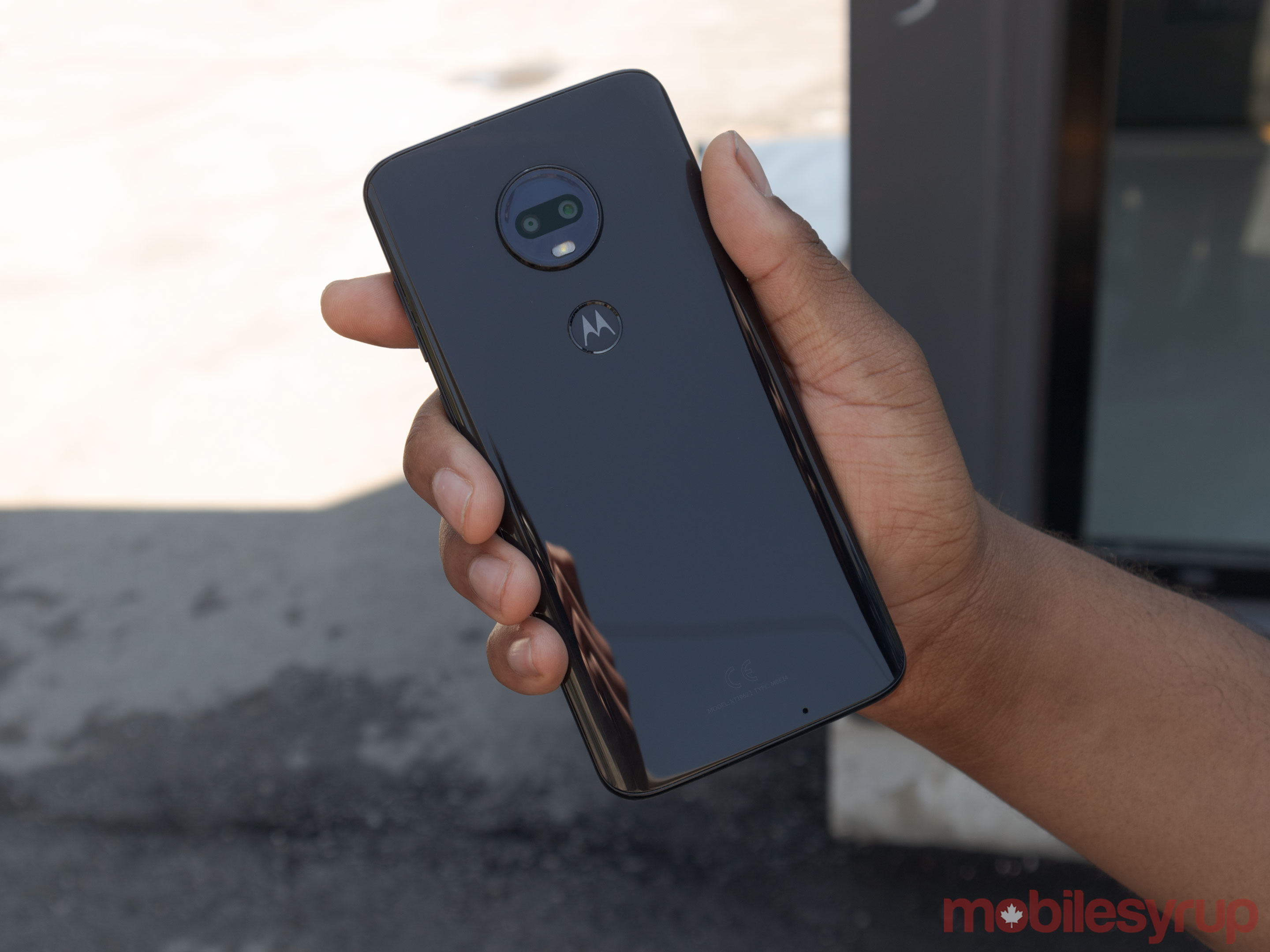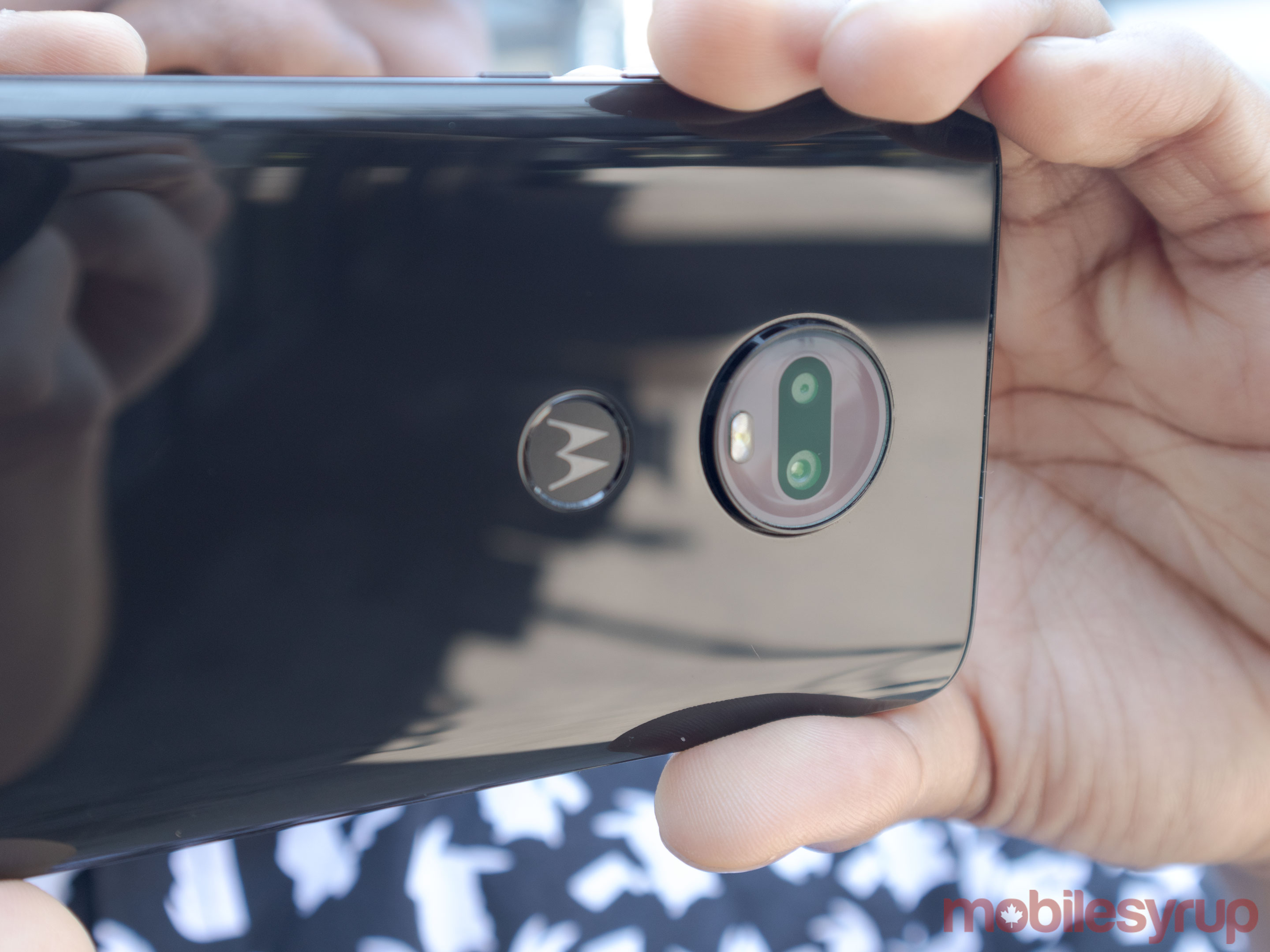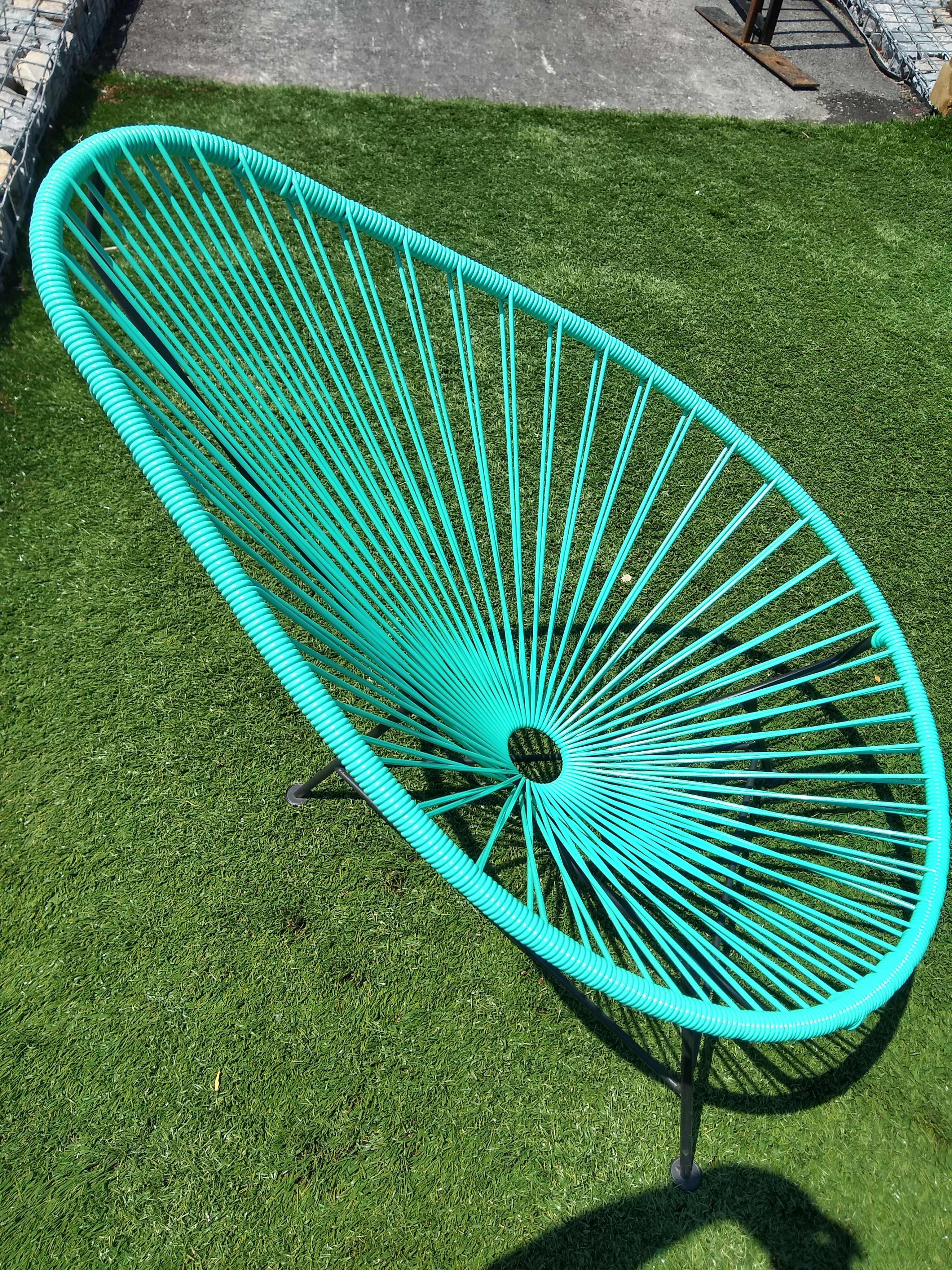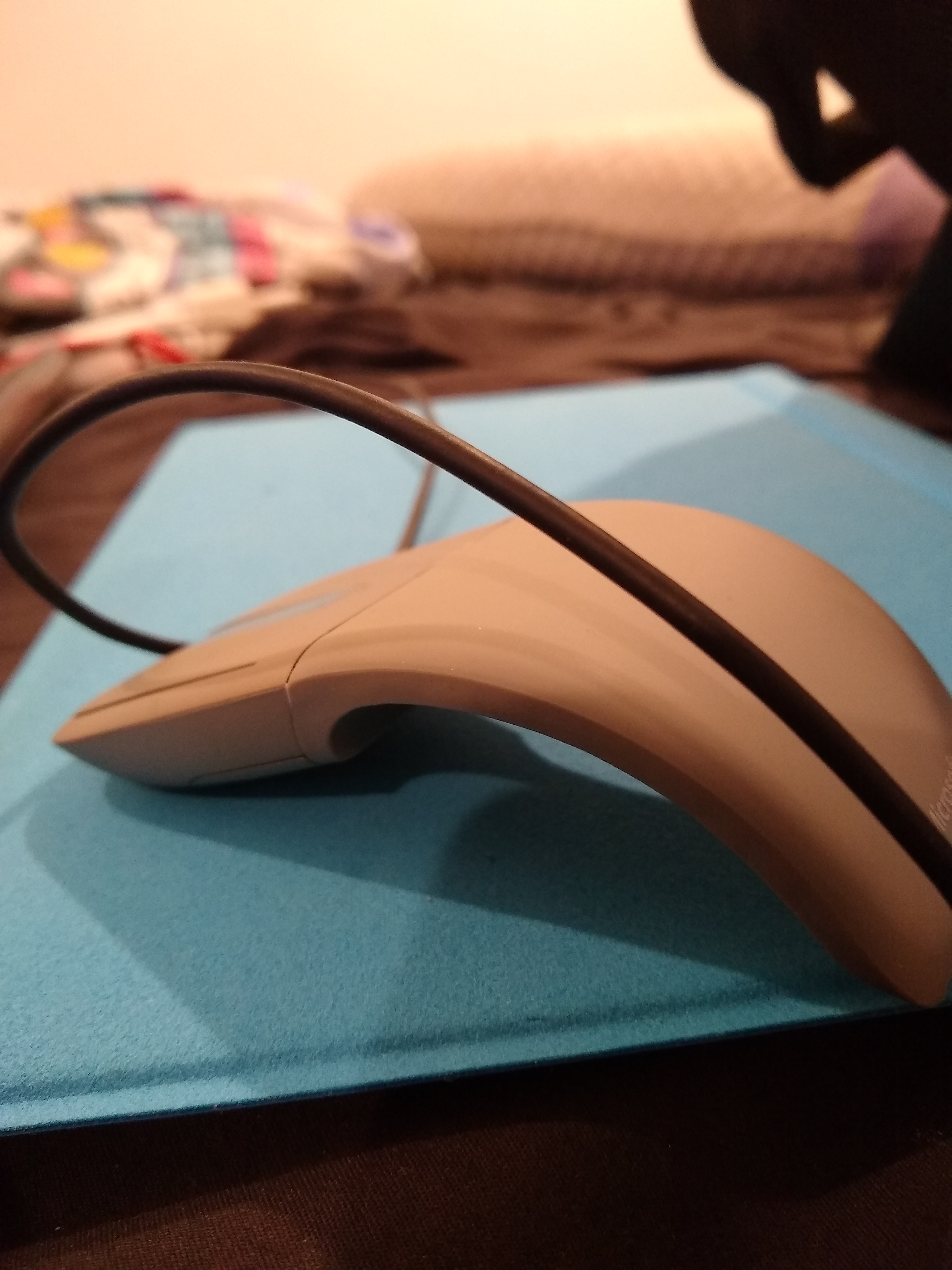
The Pros
- Affordable
- Smooth experience
- Quick Charging + somewhat long lasting battery
The Cons
- Only at Videotron
- Lacks waterproofing / wireless charging /NFC
- Camera isn't great
Motorola’s Moto G7 is a solid offering.
While it features a Snapdragon 632 processor that you can classify as lower midrange and has a budget price, it still brings a spectacular experience to the table. With its metal-and-glass body, near-stock Android and $350 CAD affordable price tag, it’s hard not to recommend the Moto G7.
Unfortunately, the phone is hard to come by in Canada, as it’s only available at Quebec-based carrier Vidéotron.
While I’ve gotten accustomed to the flagship lifestyle using handsets like the Huawei P30 Pro and Galaxy Note 9, it was a pleasure to use an affordable midrange smartphone that offered a quick experience and a pleasant Android skin.
Moto G7
Display
6.2-inch IPS LCD, 2,270 x 1,080 pixels, 19:9 aspect ratio
Processor
Snapdragon 632
RAM
4GB of RAM
Storage
64GB
Dimensions (in.)
157 x 75.3 x 8mm
Weight
172g
Rear Facing Camera
12-megapixel (f/1.8) + 5-megapixel (f/2.2)
Front Facing Camera
8-megapixel
OS
Android 9 Pie
Battery
3,000mAh
Network Connectivity
GSM/HSPA/LTE
Sensors
Fingerprint (rear-facing), accelerometor, gyro, proximity
SIM Type
Nano SIM
Launch Date
March 26, 2019
Misc
Colours: Ceramic Black, Clear White| Splash resistant
Display
Moto G7
6.2-inch IPS LCD, 2,270 x 1,080 pixels, 19:9 aspect ratio
Processor
Moto G7
Snapdragon 632
RAM
Moto G7
4GB of RAM
Storage
Moto G7
64GB
Dimensions (in.)
Moto G7
157 x 75.3 x 8mm
Weight
Moto G7
172g
Rear Facing Camera
Moto G7
12-megapixel (f/1.8) + 5-megapixel (f/2.2)
Front Facing Camera
Moto G7
8-megapixel
OS
Moto G7
Android 9 Pie
Battery
Moto G7
3,000mAh
Network Connectivity
Moto G7
GSM/HSPA/LTE
Sensors
Moto G7
Fingerprint (rear-facing), accelerometor, gyro, proximity
SIM Type
Moto G7
Nano SIM
Launch Date
Moto G7
March 26, 2019
Misc
Moto G7
Colours: Ceramic Black, Clear White| Splash resistant
Great budget phone design

In comparing the Moto G7’s design to the Pixel 3a, the current midrange smartphone to beat, the G7 has a smaller chin and includes a waterdrop notch. At this point, waterdrop notches are starting to get boring. However, they help keep bezels down and make a device look more modern.
The phone measures in at 157 x 75.3 x 8mm and weighs 172g. It also sports a glass front and back that provides the device with a flagship-like feeling. Unfortunately, where the edges of the handset meet the display, it’s a bit sharp. Due to this, the phone isn’t the most comfortable device to hold in your hand. Motorola also slipped the ‘Motorola’ logo on the chin of the handset, which comes off as a tad tacky.
The rear of the Moto G7 is unappealing due to a noticeable camera bump. However, the bump does sport a dual camera setup, plus an LED flash. Further down the back of the phone, the G7 features a fingerprint scanner with the Moto ‘M’ logo.
The G7 also has a 3.5mm headphone jack located beside the USB-C port and a downward-facing speaker. It lacks an IP-rating, so it’s only splash resistant. On the right side of the handset, the phone features a textured power button. Above it, there’s a volume rocker. Both buttons are easy to reach.
The G7 has a 6.2-inch display with an 81 percent screen-to-body ratio. The phone sports a Full HD+ resolution screen at 1,080 x 2,279 pixels that is clear and crisp. This display isn’t spectacular, but text and icons look sharp. When I watched videos on YouTube and Netflix, colours were full and accurate.
Skin and processor

My favourite feature included in the Moto G7 is its Android skin. While it’s not the ideal user interface, it’s easy to use, and it reminds me of pure Android. However, it adds a useful feature called ‘Moto Actions’ that makes it easy to skip media tracks with the volume rocker, touch the screen with three fingers for screenshots and move the phone in a chopping motion to turn on the flashlight.
The phone’s UI has an Android 9 Pie-like pill for interface navigation. Motorola’s take on it is a longer pill, but it’s just as easy to navigate.
Powering the G7 is a Snapdragon 632 processor and 4GB of RAM. With the SoC and RAM working together, the phone is quick enough to handle a variety of tasks, like scrolling through Instagram, editing articles via Chrome and watching YouTube videos.
I did notice some apps such as Spotify and Chrome opened slower than others. Though it was never longer than 10 seconds, it was a noticeable delay.
The phone doesn’t include NFC, so it can’t make use of Google Pay or Android Beam.
Sound and battery

A 3,000mAh battery powers the Moto G7. With a mid-range processor and only a full HD+ display, I found I was able to get a full day of battery depending on my usage.
Most of the time, the phone would last about 11 to 12 hours. However, watching videos and listening to music decreases the battery significantly, and I would have to charge the phone in the evening. The smartphone ships with a 15W power adapter. When using the adapter, it’s possible to get up to 70 percent battery power within an hour.
Unfortunately, this $350 device lacks wireless charging.
The Moto G7 is far from the loudest handset on the market, but it’s no pushover either. The phone gets decently loud, but it has one significant downside: Motorola placed the speaker next to the USB-C charging port and headphone jack, facing downwards. This means when you hold the handset, it’s quite easy to block the sound. While your hand won’t completely prevent the audio, it does decrease the quality.
Camera
The Moto G7 features dual rear cameras consist of a 12-megapixel main shooter and a 5-megapixel depth-sensing camera.
The cameras pale in comparison to the Pixel 3a, with pictures overall looking unimpressive. The phone’s dynamic range seems lacklustre, and it’s hard to see past the screen’s oversaturation. If there isn’t enough light, the pictures turn out grainy, too.
That said, for less than $400, the pictures are decent, and it’s possible to get good shots out of the camera in ample sunlight.

What the camera does particularly well is it creates a genuine sense of depth. With the secondary camera, the device can take good shots with decent bokeh. Since it’s being done optically with another camera, the background blur is quite distinguishable from the foreground, though it’s not able to produce the same quality of portrait shots as the Pixel 3a.
The selfie shooter, on the other hand, tends to overexpose pictures, causing the foreground and particularly the background to be too bright. Just like the rear shooter photos, those taken with the selfie camera aren’t crisp and can turn out grainy even in a room filled with light.
Without all the bells and whistles
The Moto G7 is a good phone for those who want a device that can last the entire day, offer a smooth experience and is easy to use. It's also quite affordable and cleverly disguised as a premium device.
If you're looking for a device that's great at taking pictures, I'd suggest you go elsewhere. Alternatively, if you're on the hunt for a handset that features flagship innovations such as an in-display fingerprint scanner, a bezel-less display, NFC, wireless charging, or waterproofing, this isn't the handset for you.
With this in mind the Moto G7 is a great starter smartphone for someone who wants an affordable device without all the bells and whistles.
"But the Moto G7 is a great starter smartphone for someone who wants something affordable without all the bells and whistles"
MobileSyrup may earn a commission from purchases made via our links, which helps fund the journalism we provide free on our website. These links do not influence our editorial content. Support us here.












